When can you transplant currants to a new location?
Sometimes summer residents have to transplant currants to another place. This need may be due to various reasons. So that the shrub does not suffer as a result of transplantation, it is necessary to act according to the rules. You can do this procedure at different times of the year, although it is believed that the best survival rate of currants is provided in autumn and spring.
Why are currants transplanted?
The currants are transplanted in cases where:
- the soil is contaminated or severely depleted;
- the shrub gives almost no growth;
- the yield has decreased, and the berries themselves have become small;
- the currant has grown too much and requires rejuvenation;
- a fruit tree growing nearby shades a shrub;
- the site will be reworked;
- it was decided to propagate the currants by dividing the bush.
Whatever the reason for the transplant, the procedure will definitely benefit the shrub if its age is not more than 3-5 years. For older currants, this will be a serious stress. The plant can take root poorly, bear fruit worse, become susceptible to disease.
However, for old bushes, this procedure is necessary. If a currant has been growing in one place for more than 10 years, its yield drops significantly. The shrub itself is tenacious, and sooner or later its full restoration will occur.
Black currant is considered the most unpretentious, it bears fruit well on any soil. For the white and red varieties, only light and fertile soil is suitable. When planting in heavy soil, you will need to make a drainage layer, since these varieties are prone to root rot.
Terms of work
You can transplant currants throughout the growing season, but it is best to do this in spring or autumn. When exactly - everyone decides at his own discretion, taking into account the climatic features of the region and the current weather conditions.
- In autumn transplanting is allowed after the leaves are completely removed from the bush. By this time, the currants have laid buds, its shoots will ripen properly, and a period of rest begins. The event should take place 3-4 weeks before the arrival of stable frosts. This is how long the shrub will need to take root. In central Russia, this period falls on the end of September. For other regions, the dates are shifted by about a month (in the south - forward, in the north - back).
- In the spring the procedure is carried out after the snow melts and the earth warms up a little. You need to be in time before the buds wake up on the shoots. During flowering, currants should not be transplanted even more. If the weather corresponds to the climatic norm, in the middle lane, the transplant is carried out in April. In warm and cold regions - in March and May, respectively.
Experts advise residents of Siberia and the Urals to replant currants in spring: in this case, there is less risk that the plant will not have time to take root before frost and die. For those who live in the temperate zone and southern regions, on the contrary, it is recommended to transplant in autumn, when it often rains and the weather is cool.
Is summer transfer allowed?
In June-August, a transplant is permissible, but with some restrictions, since the summer season is not the best time for such a procedure. Especially if the heat is intense. But sometimes there is a need for this - for example, when selling a summer cottage, when the bush is taken with them, or if the site is to be redeveloped.
- It will be best for a shrub if it is transplanted in June.
- In July, the plant gives all its strength to fruiting, and transplanting it will weaken it too much.
- In August, you can transplant young shoots that have formed near the bush to a new place.
Currant roots should be removed together with an earthen clod. The more soil remains on the roots, the faster the plant will take root in a new place.
The preparation of the bush for transplanting should be carried out several weeks before the start of work. Old, diseased, broken shoots are removed from currants, and the remaining stems are shortened by a third of the length - this will reduce the load on the root system. It is prohibited to combine pruning and transplanting. Plant immunity will be seriously affected by severe stress.
Selecting and preparing a landing site
The shrub is not planted in the lowlands, where there is a high probability of water accumulation. But even on a hill, planting is undesirable for the reason that cold winds often blow there, and moisture evaporates from the soil too quickly. For currants, you should choose a flat area, well-lit by the sun and protected from drafts.
The close arrangement of buildings is not allowed: the walls will prevent the plant from developing normally. If the bush is planted in the shade, fruiting will worsen and diseases will begin to develop.
Sandy loam and loamy soil is most suitable for currants.
The plot is prepared as follows:
- The land is carefully freed from the remnants of roots and weeds, dug up, leveled with a rake.
- Then they dig a planting hole 50 cm deep - its dimensions should coincide with the volume of the plant's root system. To transplant several bushes at the same time, you can dig a trench using the technique. Individual specimens of currants should be spaced at a minimum interval of 1.5 m.
- The top fertile layer is separated from the earth, which was taken out of the hole. It will be used to formulate the nutritional formula.
- To 2 parts of fertile soil add 1 part of humus and the same amount of wood ash. If clay predominates in the soil, add 1 part of sand in addition. All components are mixed and 40 g of superphosphate are added.
- A quarter-volume well is filled with the prepared mixture.
These works should be done a week before the currant transplant.
How to transplant a shrub correctly?
First of all, the bush must be dug in a circle, stepping back from the base of 30–40 cm. It is necessary to dig up the currants, keeping the earthen ball and not pulling it by the stems. Individual roots holding the shrub in the ground are cut off with a shovel. If the plant is to be transported, it is wrapped in burlap, which will serve as protection from damage.
You need to plant the bush again in the next day.
In the case when a diseased bush was dug up, which was planned to be improved by a transplant, the roots are freed from the soil and examined. All affected areas of the root system will need to be removed, and then a bath of a weak solution of potassium permanganate should be made for the roots. The bush is moved to a new place, laying it on a dense oilcloth or spunbond. It is better to tie a voluminous crown with a rope.
Planting process step by step:
- 10-15 liters of water are poured into a hole dug for planting currants.
- A bush is placed vertically in the resulting slurry, deepening the root collar by 5-7 cm.
- The roots are covered with a prepared nutrient mixture of soil with fertilizers.
- The landing site is rammed, compacting the soil with the soles of shoes so that there are no underground voids left.
- The bush is watered again, adding 10–20 liters of water in small portions.
- From above, the soil is mulched with dry peat, weeds, leaves or needles.
If the transplant took place in the fall, to protect against low temperatures, the currants can be earthed higher. In the spring, it is imperative to rake off the embankment from the base of the bush as soon as the snow melts, otherwise additional roots will begin to form, which will inevitably dry out during the summer heat or freeze in the next winter.
When transplanting rooted layers, they act according to the same scheme. Layers most often propagate their own currants - this is the easiest way to get new plants. In this case, the seedlings are already adapted to the place of cultivation and take root without problems in a short time. For reproduction, the selected one-year or two-year-old shoot is placed in a small groove, pinned and lightly added with earth. A transplant will be possible in a year.
Follow-up care
Until the shrub takes root, it will need enhanced care:
- During the first week, the plant is watered every other day - the soil under the bush should always remain slightly damp. Especially a lot of moisture is required for black currant varieties.
- In the future, watering is carried out 1 time in 5-7 days. On average, an adult bush takes up to 3 buckets of water at a time.
- It is imperative to loosen the soil under the currants to enrich the soil with oxygen. Loosening is carried out near the stems of the bush to a depth of 7 cm, in the remote zone - up to 15 cm.
- In the first winter after transplanting, it is advisable to insulate the currants (applies to cold regions). The soil is cleaned of fallen leaves and mulched with straw or dry peat, and then covered with spruce branches. For convenience, the branches are tied with twine.
- As soon as the snow falls, it is scooped up to the currant bush to protect it from the coming frosts.
In order for the currant transplant to be successful, it is necessary to take into account the biological and varietal characteristics of the shrub, to choose the optimal time. This will allow the plant to quickly settle in a new place, grow young shoots and give a good harvest in due time. With a summer transplant, you will most likely have to wait for berries until the next season. The main thing is that the plant remains healthy, so the transplantation rules should be followed in any case.


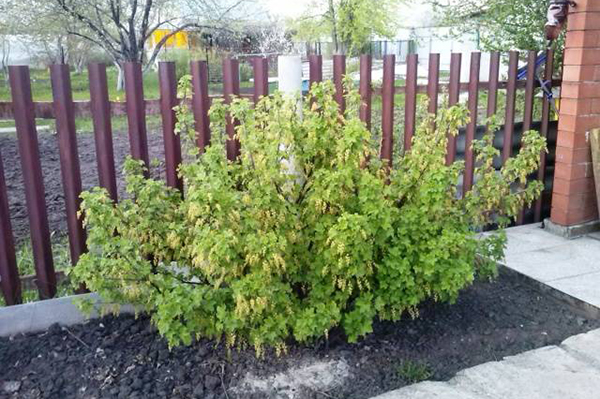
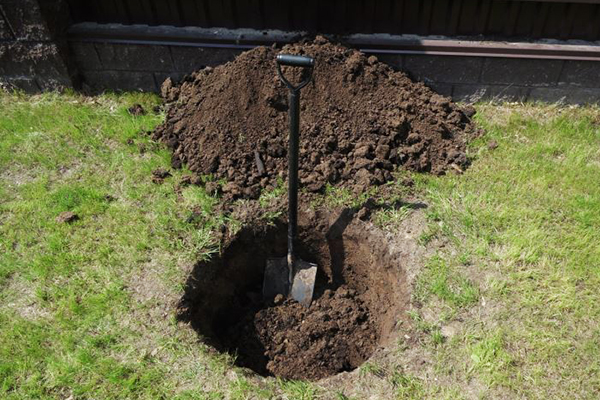
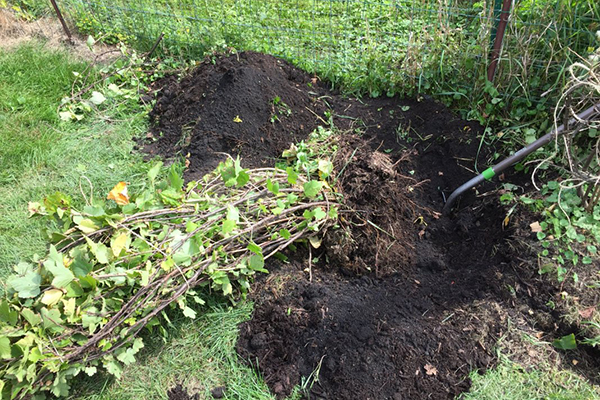
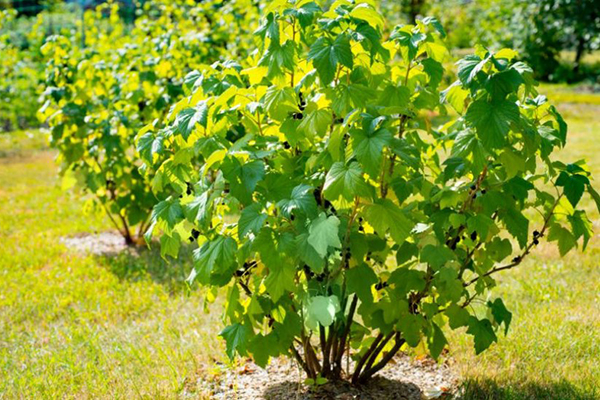
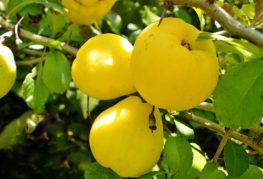


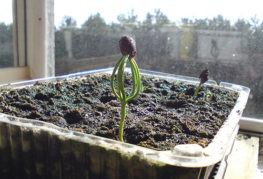
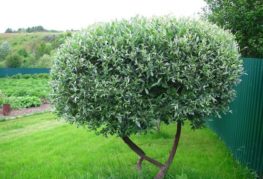
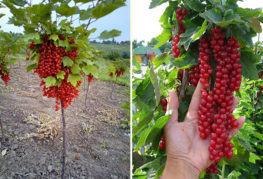
and will be published shortly.